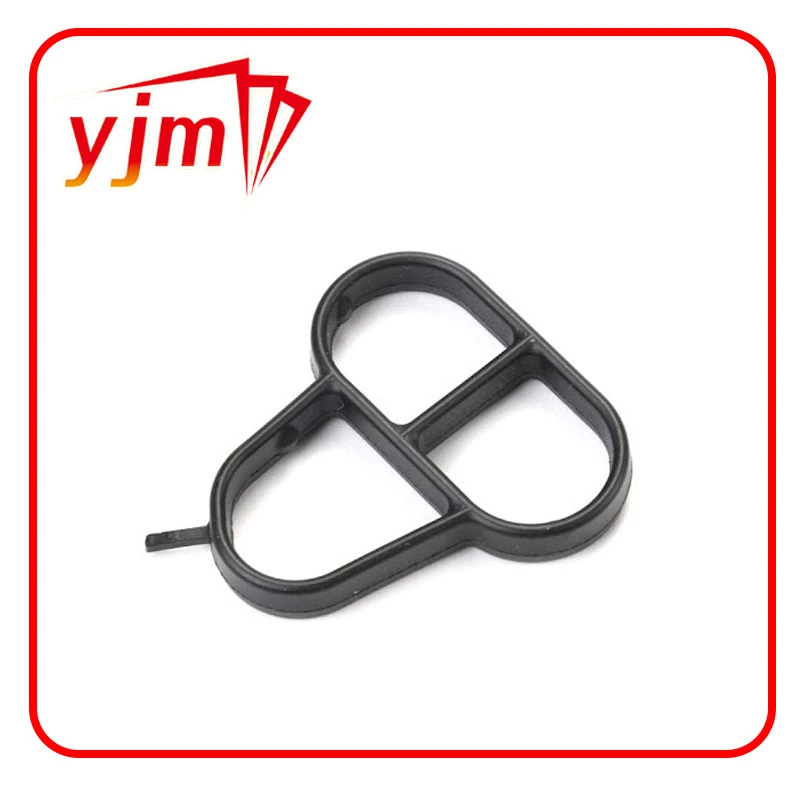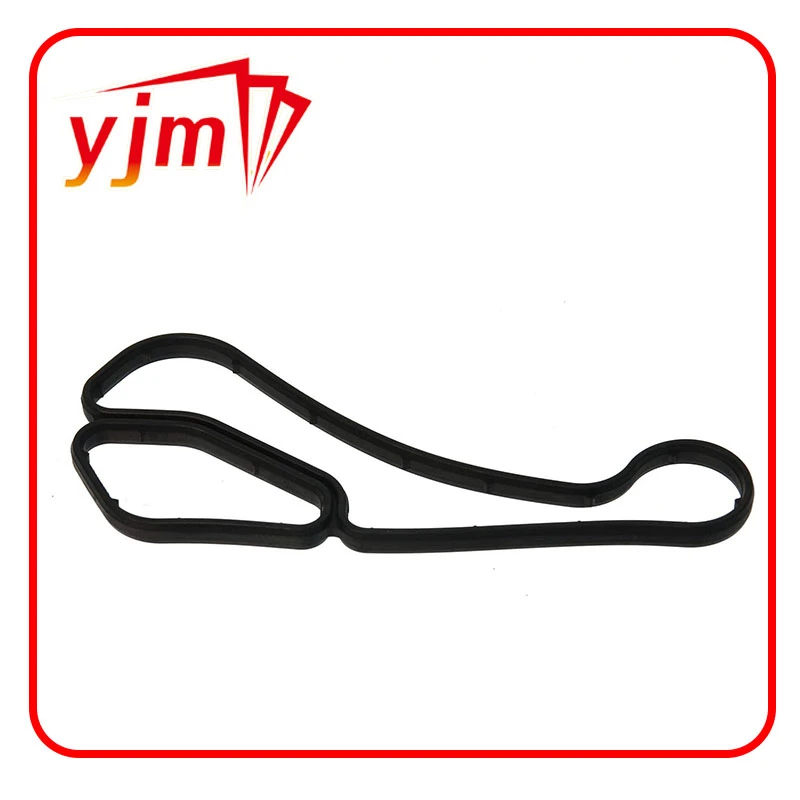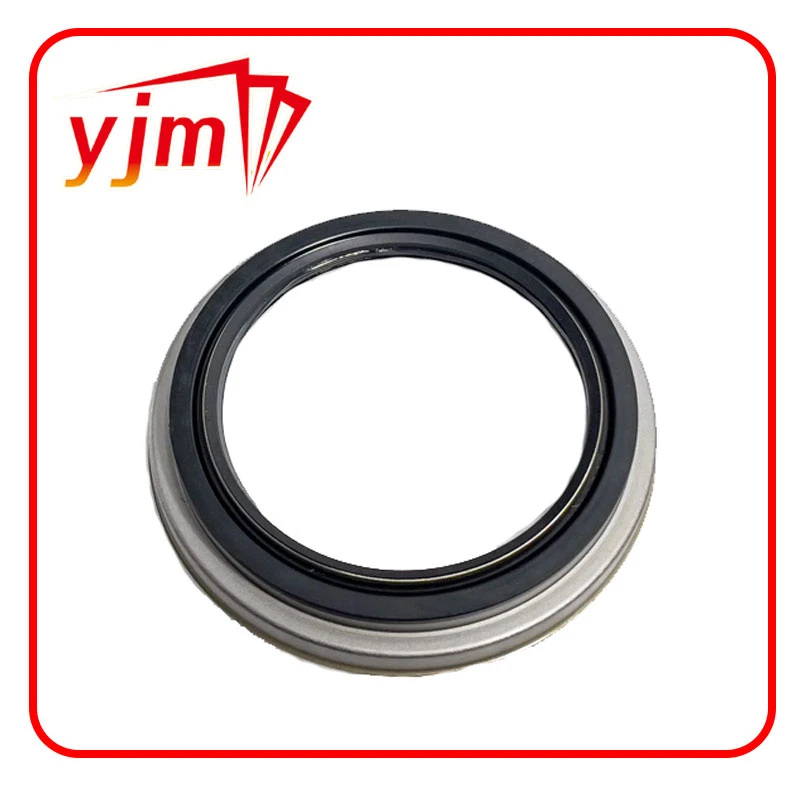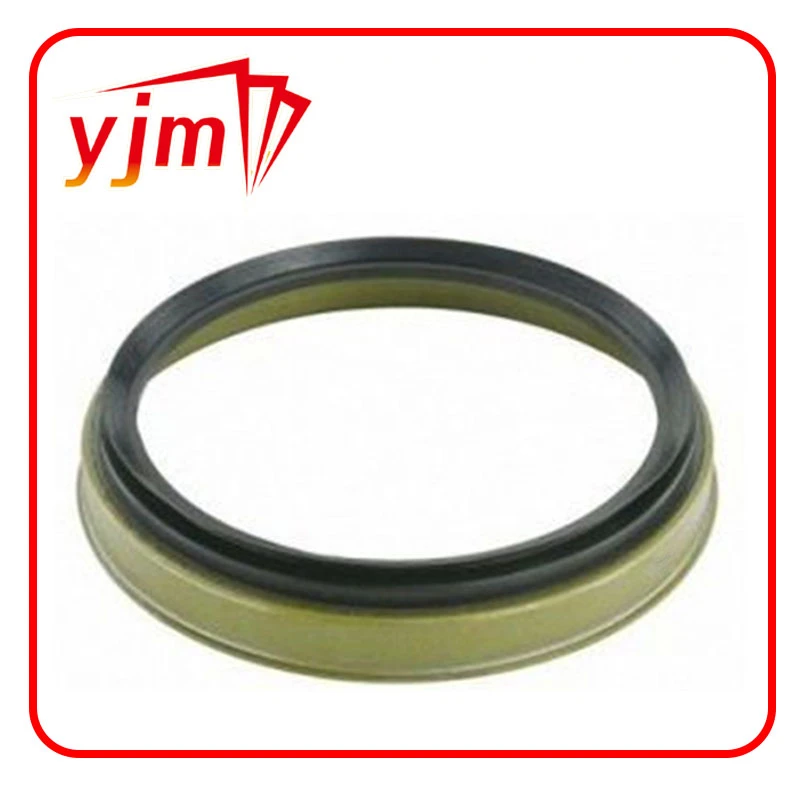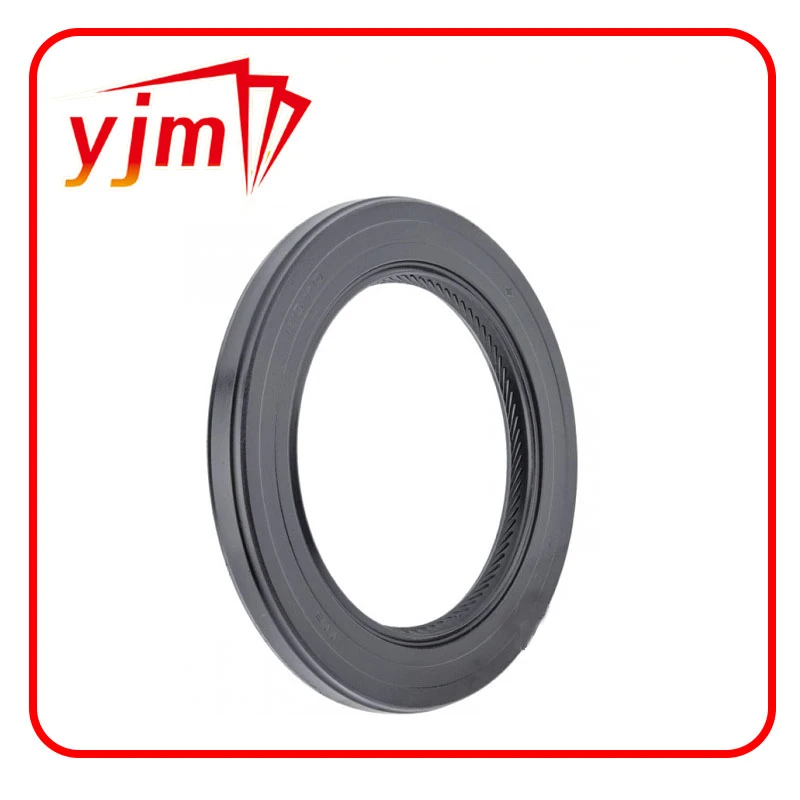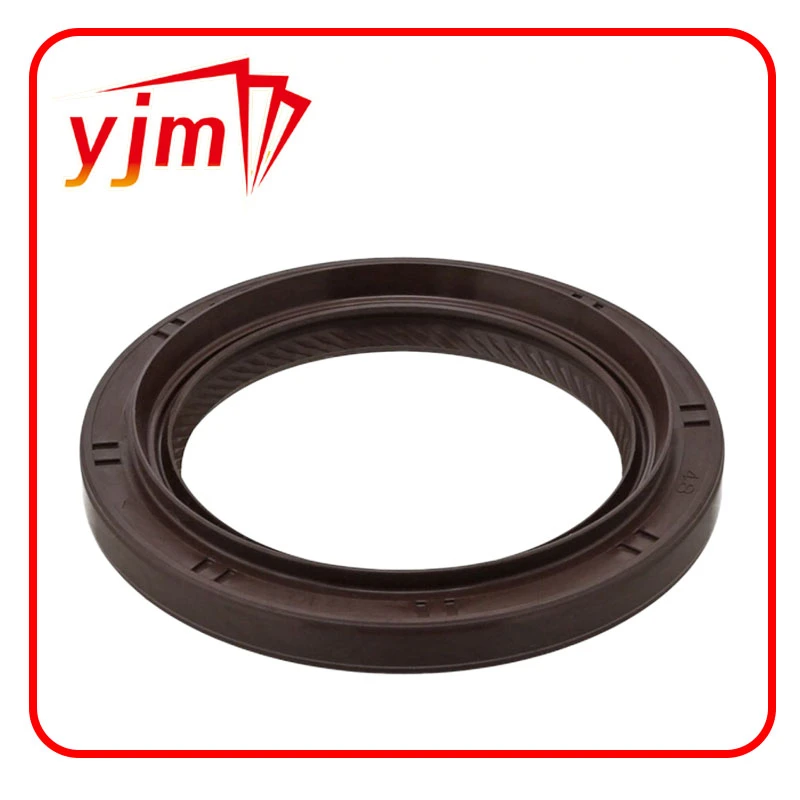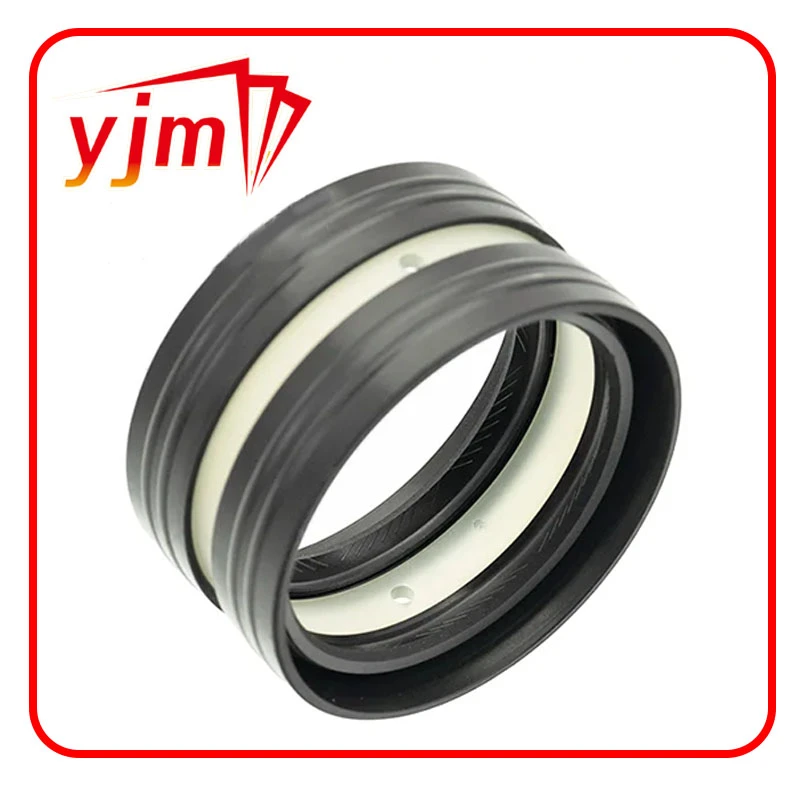Seal 12x18x5: Essential Guide to Specifications, Applications & Vendors
Understanding the Seal 12x18x5: Small Component, Big Impact
At first glance, seal 12x18x5 might strike you as just another cryptic part number. But in industries worldwide — from automotive assembly lines to industrial machinery and even humanitarian settings — this little seal makes a huge difference. It’s a tiny component designed to keep things tight, leak-proof, and running smoothly. Globally, the demand for such precise sealing elements is rising, driven by the push for longer-lasting machines, stricter environmental policies, and operational reliability. So knowing what this seal is all about isn’t just technical trivia; it’s key for engineers, procurement managers, and operations folks everywhere who rely on trusted components to get the job done.
The Global Context: Why Seal 12x18x5 Matters Worldwide
Whether you’re dealing with factory lines in Germany, offshore rigs in the Gulf, or emergency generators in remote areas of Africa, seals like the seal 12x18x5 are crucial for preventing leaks, reducing emissions, and minimizing wear. According to ISO standards on sealing solutions (see ISO 6194 on rotary shaft lip seals), proper seals contribute significantly to equipment longevity and safety.1 The World Bank estimates that improving industrial operational efficiency by just 5% globally could save billions in maintenance costs and environmental clean-up. And from a humanitarian viewpoint, reliable machinery means vital pumps and generators keep running in disaster zones — a literal lifeline.
However, challenges persist: corrosive environments, fluctuations in temperature, and heroic demands in remote locations often push seals to their limits. That’s why understanding the specs and applications of the seal 12x18x5 is more than a detail; it’s a foundational piece of operational success worldwide.
Mini takeaway: The seal 12x18x5 plays a small but globally relevant role by ensuring machinery reliability across diverse, critical applications.
What Exactly Is a Seal 12x18x5?
Simply put, the seal 12x18x5 is a type of rotary shaft seal, also known as a lip seal, designed to fit shafts of approximately 12 mm diameter, with an outer diameter of 18 mm and a thickness of 5 mm. These dimensions are standardized but the seal itself is a clever little gasket-like ring that fits snugly around spinning parts to prevent oil, dust, or other contaminants from leaking in or out.
It’s part of a broader family of seals that maintain tight operational tolerances in engines, pumps, gearboxes, and industrial equipment. They manage the tricky balance of creating a barrier without adding friction or frictional wear. Oddly enough, such specs also link back to humanitarian applications where dependable machinery running in remote conditions means access to clean water or power for vulnerable communities.
Key Factors That Define the Seal 12x18x5’s Performance
1. Material Durability
The seal is typically made of nitrile rubber (NBR), fluorocarbon (FKM), or silicone — each chosen for resistance to oil, heat, or harsh chemicals. Durability here means the difference between a pump failing in a few months or running smoothly for years. Manufacturers often treat these elastomers for enhanced wear resistance and low friction.
2. Precision of Dimensions
The 12x18x5 measurement isn’t arbitrary. The inner diameter (12 mm) fits tightly around the shaft, preventing leakage, while the 18 mm outer diameter anchors the seal within the housing. The 5 mm thickness balances flexibility with resilience. Precision machining to tolerances within microns ensures the seals fit perfectly, avoiding premature failure.
3. Temperature Resistance
Engines and industrial machines often run hot. The seal must handle a temperature range roughly from -40°C to +120°C, with some advanced materials extending this even further. This factor determines whether a seal stays flexible or hardens and cracks over time.
4. Chemical Compatibility
Given the variety of fluids—hydraulic oils, fuels, synthetic greases—the seal must resist chemical degradation. Selecting the right seal compound can prevent swelling, brittleness, or liquefaction, ensuring operational integrity.
5. Installation Ease
The seal’s design includes a flexible lip and sometimes a garter spring to keep tension against the shaft. These details reduce installation time and potential damage during assembly—a subtle aspect that can save labor costs and headaches on the factory floor.
| Specification | Value | Notes |
|---|---|---|
| Inner Diameter | 12 mm | Fits shaft |
| Outer Diameter | 18 mm | Fits housing bore |
| Thickness | 5 mm | Seal wall thickness |
| Material | Nitrile Rubber (NBR) | Common option |
| Temperature Range | -40°C to 120°C | Dependent on material |
| Pressure | Up to 0.3 MPa (static) | Typical rotary shaft seal |
Where Does the Seal 12x18x5 Really Shine?
The seal 12x18x5 shows up all over the place, but some areas really highlight its importance:
- Automotive Industry: Found in gearbox assemblies, water pumps, and steering columns worldwide, these seals keep oil in the right place and dirt out.
- Manufacturing & Industrial Equipment: Conveyor belts, compressors, and motors need reliable seals to sustain 24/7 performance.
- Renewable Energy: Wind turbines and hydroelectric generators often employ these seals in critical rotating shafts, demanding durability and weather resistance.
- Humanitarian & Emergency Equipment: Portable generators, water pumps, and mobile machinery used in disaster relief rely on dependable seals to operate under harsh conditions, often in parts of Africa and Southeast Asia.
For instance, in a 2022 case, a remote African water project replaced faulty generic seals with high-grade 12x18x5 seals, instantaneously improving pump longevity by more than 150%, reducing downtime during a crucial dry season.2
Mini takeaway: The seal 12x18x5’s reliability touches many sectors, sometimes in life-and-death situations.
Benefits Beyond the Seal: Why Choose the 12x18x5 Series?
- Cost Efficiency: These seals are cost-effective to produce yet save money long term by avoiding leaks and equipment failure.
- Sustainability: By reducing leaks, they prevent contamination and excessive lubricant waste, aligning with environmental compliance standards.
- Reliability: Trusted to last through thousands of operational hours, they reduce maintenance frequency.
- Safety: Preventing leakage isn’t just about maintenance — it’s about protecting workers and the environment from hazardous fluids.
- Innovation-Friendly: Seals made with newer materials and coatings improve compatibility with biofuels and synthetic oils, future-proofing machinery.
Seal 12x18x5 — Looking Forward to Future Trends
The future, frankly, is quite interesting. Industry insiders predict the integration of smart materials within seals that can self-heal micro-cracks or signal wear via embedded sensors — ushering in predictive maintenance on a new level.
Also, as the push for green energy intensifies, seals compatible with bio-based lubricants and extreme temperature variations will be in higher demand.
Automation in manufacturing means seals will need consistent quality and perhaps custom configurations on demand. 3D printing of special seal materials could become not just experimental but routine.
In short, the seal 12x18x5 will evolve alongside the high-tech machinery it helps protect.
Facing Challenges: What Holds Seal 12x18x5 Back?
One challenge is that even the best seals wear out — and predicting exactly when can be tricky without embedded diagnostics. Harsh environments (saltwater corrosion, extreme dust, frequent temperature shocks) stress seals beyond their rated specs.
Another is the industry-wide pressure to lower costs, pushing some users to opt for cheaper, lower-spec seals that fail prematurely.
Experts recommend sourcing high-quality seals from trusted suppliers and proactively scheduling replacements before failures occur.
Also, continuous R&D is exploring hybrid materials and surface treatments that extend life and improve adaptability.
| Supplier | Material Options | Customization | Typical Lead Time | Pricing |
|---|---|---|---|---|
| YJM Seal Co.(visit) | NBR, FKM, Silicone | Low to Medium | 1-2 weeks | Competitive |
| GlobalSeal Inc. | NBR, Viton, PTFE | High | 3-4 weeks | Premium |
| SealTech Solutions | Standard NBR only | Low | 1 week | Economy |
Frequently Asked Questions About Seal 12x18x5
- What distinguishes the seal 12x18x5 from other shaft seals?
- The 12x18x5 refers to precise dimensions tailored for a 12 mm shaft, 18 mm housing bore, and 5 mm thickness, ensuring snug fits critical for specific machinery. Its standard size supports easy replacements and broad compatibility.
- Can the seal 12x18x5 handle high-temperature environments?
- Standard seals made from NBR handle up to about 120°C, suitable for most automotive and light industrial uses. For extreme heat, fluorocarbon (FKM) variants can endure up to 200°C, but always check the supplier’s specs.
- How quickly can I get replacement seals shipped globally?
- Most reputable suppliers, like YJM Seal Co., offer lead times around 1-2 weeks. Expedited orders may be possible depending on stock and logistics. Always plan ahead to avoid downtime.
- Are seal 12x18x5 components customizable?
- Yes, some vendors provide customization for materials, coatings, and tolerances to match unique requirements. Medium to large orders especially benefit from these tailored solutions.
- How do I install a seal 12x18x5 to avoid damage?
- Use proper tools and techniques — like seal drivers or presses — to avoid deforming the seal lip. Lubricate the shaft lightly before installation, and avoid twisting or stretching the seal excessively.
Wrapping Up: Why Seal 12x18x5 Is a Smart Investment
The seal 12x18x5 might be small, but it plays an outsized role in ensuring mechanical reliability across industries and geographies. Its precise dimensions, durable materials, and adaptability make it a trusted choice for maintaining equipment performance, sustainability goals, and worker safety.
So next time you order or replace seals, keep in mind the ripple effect a properly matched 12x18x5 can have on your operation's uptime and cost savings.
For a comprehensive selection and technical support, don’t hesitate to visit our website and explore their range of seal 12x18x5 products tailored for your needs.
References:
1. ISO 6194 - "Rubber seals — Rotary shaft lip-type seals".
2. Case study: Remote African water project – Equipment reliability report, 2022.
3. World Bank Industrial Efficiency Report, 2021.
-
Seal 12x20x5: Precision Radial Shaft Seals for Industrial Reliability
News Nov.24,2025
-
Understanding Seal 12 20 5: Applications, Specifications & Industry Insights
News Nov.23,2025
-
Durable Oil Seal 85x110x12 – Reliable Sealing Solutions for Industry
News Nov.23,2025
-
Durable and Precise Oil Seal 75x95x10 for Efficient Machinery | YJM Seal
News Nov.22,2025
-
Durable Oil Seal 75x100x10 for Reliable Industrial Performance | YJM Seal
News Nov.22,2025
-
High-Quality Oil Seal 65x90x10 | Durable & Reliable Sealing Solutions
News Nov.22,2025
-
Comprehensive Guide to Oil Seal 65 85 10 – Specs, Applications & Vendors
News Nov.21,2025
Products categories

